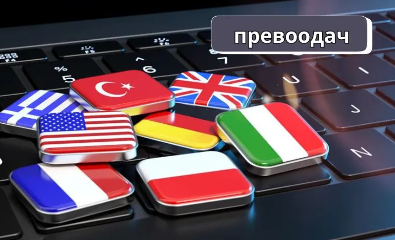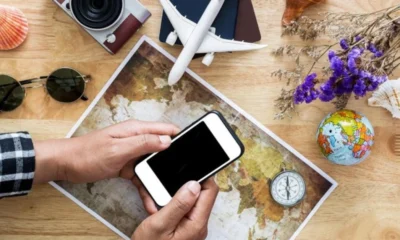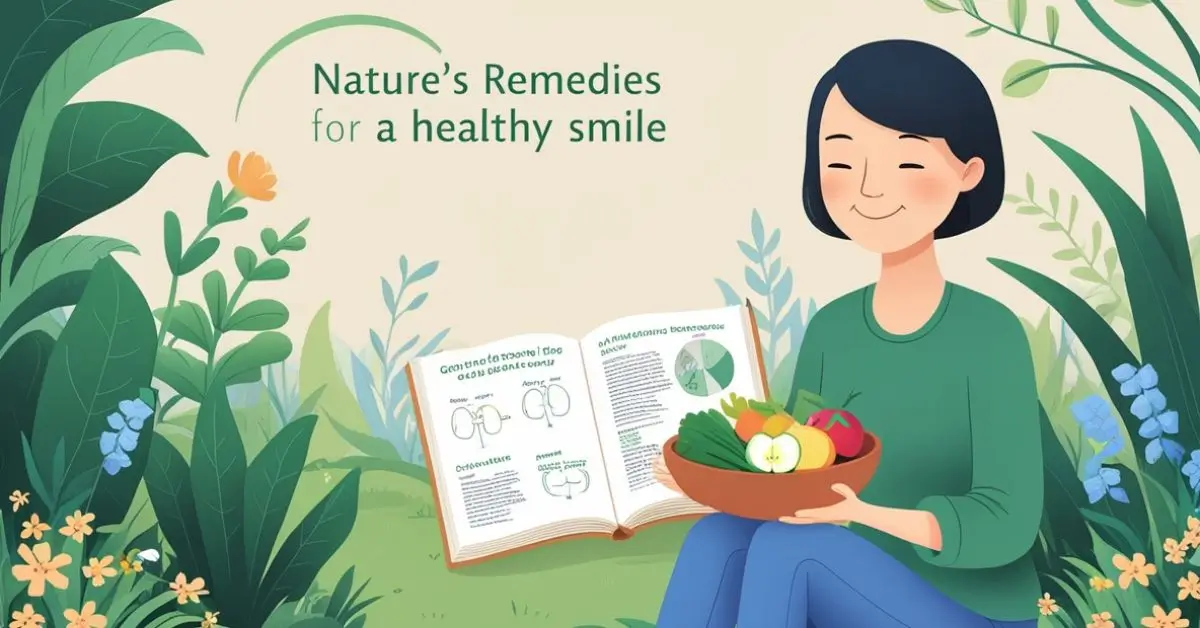The Role of a Kääntäjä
A kääntäjä is more than just a language converter; they are cultural mediators who ensure that the intended message, tone, and context of the original text are preserved in the translation. The role of a translator can vary widely depending on the field they specialize in, such as literary, technical, legal, medical, or audiovisual translation. Each area requires specific skills and knowledge to produce accurate and culturally appropriate translations.
Literary Translation
Literary translators work with novels, poems, plays, and other forms of literature. Their task is not only to translate words but to capture the essence, style, and voice of the original author. Literary translation requires creativity and a deep understanding of both the source and target cultures.
Technical Translation
Technical translators focus on documents such as manuals, guides, and reports that contain specialized terminology. Accuracy and precision are crucial in this field, as even a small error can lead to misunderstandings or malfunctions in the use of technology.
Legal Translation
Legal translators deal with contracts, laws, and other legal documents. This field requires a strong understanding of legal terminology and concepts in both the source and target languages. Legal translators must ensure that the translation is legally binding and accurately reflects the original document’s intent.
Medical Translation
Medical translators work with medical reports, research papers, and patient records. They need to have a solid grasp of medical terminology and concepts to ensure that the translation is precise and can be understood by healthcare professionals and patients alike.
Audiovisual Translation
Audiovisual translators, including subtitlers and dubbing artists, translate spoken content in films, television shows, and other media. They must convey the dialogue and cultural nuances while adhering to time constraints and maintaining synchronization with the visuals.
Skills Required for a Kääntäjä
Being a successful kääntäjä requires a unique set of skills that go beyond language proficiency. Here are some essential skills for a translator:
Linguistic Proficiency
A deep understanding of both the source and target languages is fundamental. This includes grammar, vocabulary, idiomatic expressions, and cultural nuances. A kääntäjä must be able to accurately convey the meaning of the original text while maintaining its style and tone.
Cultural Awareness
Cultural knowledge is vital for translators to ensure that the translation is contextually appropriate. This involves understanding the cultural references, customs, and values of both the source and target audiences.
Research Skills
Translators often encounter unfamiliar terms or concepts, especially in specialized fields. Strong research skills are necessary to find accurate translations and understand the context of the content.
Attention to Detail
Precision is crucial in translation, as even a minor error can change the meaning of the text. Translators must have a keen eye for detail to ensure accuracy and consistency throughout the document.
Time Management
Translation projects often come with tight deadlines. Effective time management skills are essential for translators to deliver high-quality work within the given timeframe.
Adaptability
Translators must be adaptable to work with various types of content and subject matter. They should be open to learning and acquiring new knowledge to handle diverse translation projects.
The Impact of Technology on Translation
Technology has significantly transformed the translation industry, providing tools that enhance the efficiency and accuracy of the translation process. However, the role of a kääntäjä remains indispensable, as machines cannot fully replicate the nuanced understanding and cultural awareness of a human translator.
Machine Translation
Machine translation (MT) systems, such as Google Translate, use algorithms to translate text from one language to another. While MT has improved over the years, it often struggles with idiomatic expressions, cultural nuances, and complex sentence structures. It can serve as a helpful tool for basic translations or as a starting point for human translators, but it cannot replace the expertise of a kääntäjä.
Computer-Assisted Translation Tools
Computer-assisted translation (CAT) tools are software applications that aid translators in their work. These tools include translation memory, terminology management, and quality assurance features. Translation memory stores previously translated segments, allowing translators to reuse them in future projects, improving consistency and efficiency.
Localization
Localization involves adapting content to suit the cultural and linguistic preferences of a specific target audience. This goes beyond translation to include changes in formatting, imagery, and even content to resonate with local audiences. Localization is crucial for businesses seeking to expand into new markets and requires the expertise of a kääntäjä to ensure cultural relevance.
The Future of Translation Technology
As technology continues to advance, the translation industry is likely to see further innovations. Artificial intelligence and neural machine translation are areas of active research, aiming to improve the quality and accuracy of machine-generated translations. However, the role of human translators will remain essential in providing contextually appropriate and culturally sensitive translations.
Challenges Faced by Translators
The field of translation presents several challenges that kääntäjät must navigate to deliver high-quality work. Some of the key challenges include:
Language Ambiguity
Languages are inherently ambiguous, and words or phrases can have multiple meanings depending on the context. Translators must carefully analyze the context to select the most appropriate translation.
Cultural Differences
Cultural differences can lead to misunderstandings or misinterpretations if not handled properly. Translators must be sensitive to cultural nuances and adapt the translation to suit the target audience’s cultural background.
Maintaining Style and Tone
Preserving the style and tone of the original text can be challenging, especially in literary translation. Translators must strike a balance between staying faithful to the original and making the text accessible and engaging for the target audience.
Specialized Terminology
In technical, legal, and medical translations, specialized terminology can pose a challenge. Translators must have a thorough understanding of the subject matter to accurately convey complex concepts and terms.
Meeting Deadlines
Translators often work under tight deadlines, requiring them to manage their time effectively while maintaining the quality of their work. Balancing speed and accuracy is a constant challenge in the translation industry.
The Importance of Translation in a Globalized World
In today’s interconnected world, translation plays a vital role in facilitating communication and understanding across cultures. The work of kääntäjät is essential in various domains, including business, education, diplomacy, and entertainment. Here are some of the key contributions of translation to global society:
Promoting Cross-Cultural Understanding
Translation enables the exchange of ideas and knowledge between cultures, fostering mutual understanding and appreciation. By making literature, research, and media accessible to diverse audiences, translators contribute to a more inclusive and interconnected world.
Supporting International Business
In the global marketplace, businesses rely on translation to reach customers in different countries. Accurate translation of marketing materials, product descriptions, and legal documents is crucial for building trust and credibility with international clients.
Facilitating Diplomacy and International Relations
Translation is essential in diplomacy and international relations, where clear communication is vital for maintaining peaceful and cooperative relationships between nations. Translators and interpreters play a critical role in negotiations, treaties, and international conferences.
Enhancing Access to Information
Translation increases access to information and education by making content available in multiple languages. This is particularly important in fields such as science and technology, where the sharing of knowledge can drive innovation and progress.
Preserving Cultural Heritage
Translation helps preserve and promote cultural heritage by making literary works, historical documents, and traditional knowledge accessible to a wider audience. By translating and disseminating cultural content, translators contribute to the preservation of diverse cultural identities.
Conclusion
The role of a kääntäjä is both an art and a science, requiring a deep understanding of languages, cultures, and specialized fields. While technology has transformed the translation industry, the expertise and cultural sensitivity of human translators remain indispensable. In a globalized world, translation is a powerful tool for promoting cross-cultural understanding, supporting international business, and enhancing access to information. As the demand for translation continues to grow, the work of kääntäjät will remain vital in bridging language barriers and connecting people across the globe.

 App6 months ago
App6 months ago
 News6 months ago
News6 months ago
 Business6 months ago
Business6 months ago
 News6 months ago
News6 months ago
 Tech6 months ago
Tech6 months ago
 Tech6 months ago
Tech6 months ago
 Tech6 months ago
Tech6 months ago
 Tech6 months ago
Tech6 months ago





